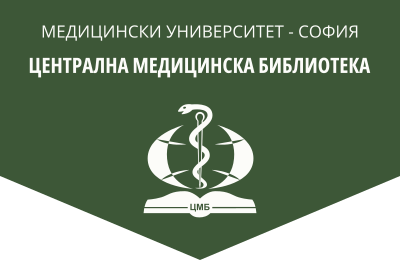Neurosteroids and their significance for treatment of epilepsy (CDLK5 deficiency disorder) and control of status epilepticus in intoxications with nerve agents
Medical Review (Med. pregled), 2025, 61(2), 26-31.
A. Nedzhib1, I. Samnaliev2
1 Military Toxicology Section, Department of Disaster Medicine, Military Medical Academy – Sofia
2 Department of Disaster medicine, Military Medical Academy – Sofia
Abstract. The toxic effects of nerve agents (tabun, sarin, zoman, cyclosarin, VX, etc.) can generally be divided into those with a peripheral and central action. The first ones include the respiratory system, visual organ, skeletal muscles, cardiovascular system, and gastrointestinal tract. The central effects, in severe forms of intoxication, are manifested clinically with convulsive symptoms, which are determined by paroxysmal brain activity (brain seizures). When this condition is not controlled in time and the excitatory processes in the brain propagate, status epilepticus occurs, which is associated with certain brain damage. This gives reason to introduce the general term brain damage related to seizure activity (seizures related brain damage). The accumulated observations and results regarding the neurotoxic effect of nerve agents give grounds for concluding that the induction of paroxysmal brain activity and convulsions lead to irreversible damage at the level of the CNS. Established anticonvulsant therapy with benzodiazepines, in this type of intoxication, has a timelimited therapeutic effect. In recent years, hopes for permanent control of paroxysmal brain activity and status epilepticus have focused on a new pharmacological class, namely neurosteroids. The subject of this review is to present up-to-date information on achievements in this direction.
Key words: nerve agents central effects, paroxysmal brain activity, status epilepticus, refractory epilepsy, neurosteroids, midazolam
Address for correspondence: Ahmed Nedzhib, e-mail: anedzhib@gmail.com
